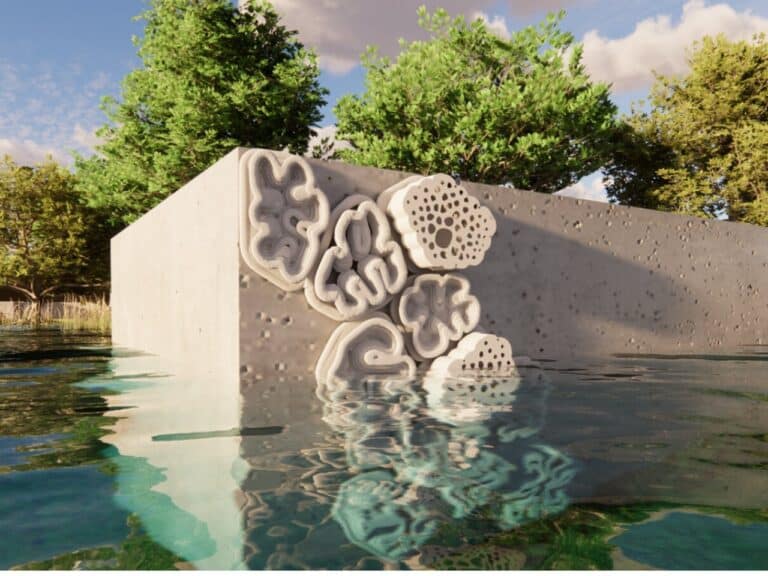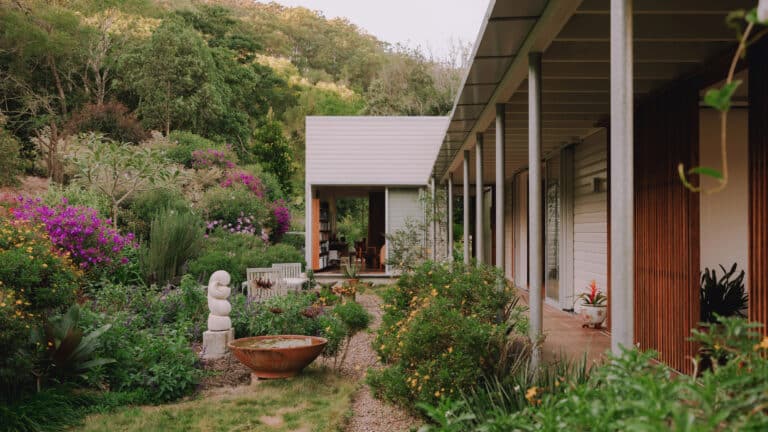Museums as Cultural Landmarks: Integrating Architecture with Nature
When it comes to Innovative Natural Museums, they are evolving into more than just spaces for displaying art and artifacts; they are becoming cultural landmarks that blend seamlessly with their natural surroundings. This article explores how modern museums are designed to rise from the earth itself, using locally sourced materials like soil and clay, while celebrating architecture as a three-dimensional landscape. We will examine how these structures enhance cultural identity, promote sustainable development, and engage communities through interactive programs. The article will also highlight the role of Innovative Natural Museums in fostering environmental awareness and economic growth. By the end, we aim to provide a comprehensive understanding of how museums today serve as bridges between culture, nature, and society.


1. Blending Architecture with Nature
Modern museum designs often prioritize integration with the environment. Instead of standing out as separate structures, these buildings are crafted to appear as if they are growing directly from the ground. For example, some Innovative Natural Museums use excavated earth during construction to form part of the building’s structure. This approach not only minimizes environmental impact but also creates a sense of harmony between the museum and its surroundings 3.
This trend reflects a broader movement toward sustainable architecture, where Innovative Natural Museums buildings are designed to complement rather than disrupt their ecosystems. Such designs allow visitors to feel connected to both the exhibits inside and the natural world outside.


2. Museums as Cultural Landmarks
Beyond their role as exhibition spaces, Innovative Natural Museums have become symbols of cultural identity. They preserve and showcase heritage, offering visitors a deeper understanding of local traditions and history. When designed to reflect the landscape, museums can attract tourists and locals alike, contributing to cultural exchange and economic development.
The table below illustrates the multifaceted roles of museums:
| Role | Description |
|---|---|
| Preserving Heritage | Showcasing historical artifacts and cultural practices. |
| Attracting Tourism | Drawing visitors interested in unique architectural and cultural experiences. |
| Educating Communities | Providing programs and workshops for all age groups. |


3. Using Earth-Based Materials in Construction
One innovative technique in museum construction involves using locally sourced materials such as soil, clay, and stone. These materials are not only environmentally friendly but also create a natural aesthetic that aligns with the surrounding landscape. For instance, pink-dyed earthen volumes can be used to construct bold yet harmonious structures that celebrate the texture and color of the land 7.
This method reduces carbon emissions associated with transporting materials and ensures that the building remains rooted in its geographical context.
4. Community Engagement Through Museums
Today’s Innovative Natural Museums are more than static repositories of art and history—they are dynamic spaces for interaction and learning. By hosting workshops, lectures, and interactive exhibits, museums encourage active participation from visitors. This engagement fosters a sense of ownership and pride within the community, making the museum a hub for social and cultural activities 8.
For example, educational programs targeting schools can inspire young minds to appreciate their heritage while developing critical thinking skills. Similarly, public events can bring diverse groups together, strengthening social cohesion.


5. Museums and Sustainable Development
Innovative Natural Museums play a vital role in advancing sustainable development goals. Their use of eco-friendly materials and energy-efficient designs contributes to environmental conservation. Additionally, they raise awareness about sustainability issues through thematic exhibitions and campaigns.
Economically, Innovative Natural Museums support local businesses by attracting tourists who spend money on accommodation, food, and transportation. Socially, they provide platforms for dialogue and education, empowering individuals to contribute positively to their communities 6.

Frequently Asked Questions (FAQ)
1. Why is it important for museums to integrate with their environment?
Integrating Innovative Natural Museums with their environment creates a sense of belonging and reduces the ecological footprint of the building.
2. How do museums contribute to sustainable development?
Through the use of sustainable materials, energy-efficient designs, and educational programs focused on environmental awareness.
3. Can museums foster community engagement?
Yes, Innovative Natural Museums host interactive programs and events that involve communities and promote cultural exchange.
Summary Table
| Topic | Key Points |
|---|---|
| Blending Architecture | Designing Innovative Natural Museums to harmonize with natural landscapes. |
| Cultural Significance | Preserving heritage and attracting tourism. |
| Earth-Based Materials | Using sustainable materials like soil and clay. |
| Community Engagement | Hosting programs and events to involve the public. |
| Sustainable Development | Supporting environmental and economic goals through museum initiatives. |
In conclusion, Innovative Natural Museums today are far more than repositories of art and history. They are dynamic institutions that connect people with their cultural roots, the natural world, and each other. By adopting sustainable practices and engaging communities, these cultural landmarks continue to evolve, leaving a lasting impact on society.







